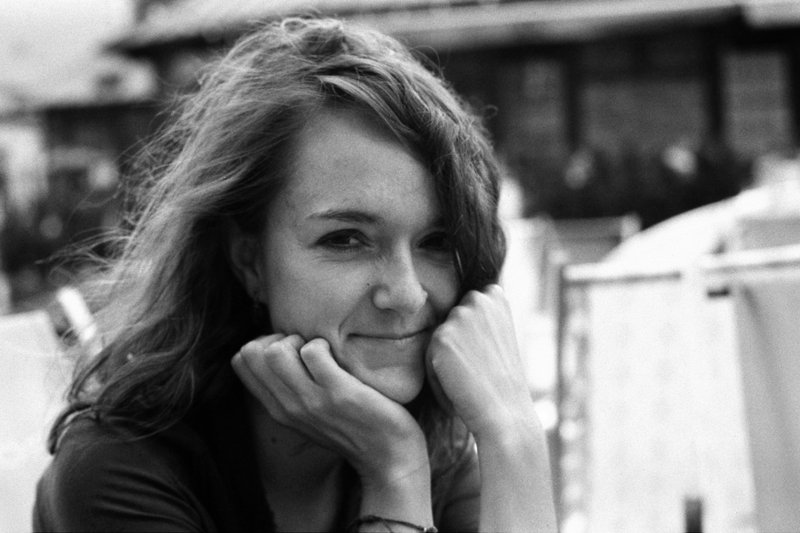Anna Lebensztejn

A total of 24 modern and contemporary art museum professionals residing in 19 different cities have been awarded support to attend the CIMAM 2019 Annual Conference The 21st Century Art Museum: Is Context Everything? that will be held in Sydney, Australia 15–17 November 2019 hosted jointly by the Museum of Contemporary Art Australia.
Launched in 2005, CIMAM’s Travel Grant Program is designed to foster cooperation and cultural exchange between contemporary art curators and museums directors in emerging and developing economies and their counterparts in other regions of the world.
Anna Lebensztejn's Conference Report
CIMAM 2019 Annual Conference The 21st Century Art Museum: Is Context Everything? in Sydney covered a vast range of topics, from climate change to the role of the audience in museums' strategies.
One of the most inspirational speeches was the presentation of Wanda Nanibush, Curator of Indigenous Art, Art Gallery of Ontario (AGO), Toronto, Canada. She introduced a practice of organizing historical art exhibitions which decline traditional periodization and chronology and replace it with a more thematic and intertemporal approach, as she and her co-curator did in the Indigenous + Canadian Art Department. Her attitude inspired in me reflexions on what if we stopped seeing historical and contemporary art as separate beings and instead start reading the past, the present and the future as an ongoing process. Such an approach may incite new, refreshing interpretations of both historical and contemporary artworks and allow us to see the art history as a continuum of contexts and topics and not as distant and closed periods.
For my professional practice which is based on contemporary art collections and art archives very fruitful were also speeches on the future of collections, especially in the times when people prefer to meet art in commercial centers instead of within museums' structures, as Franklin Sirmans stated. Can we change collections into more dynamic and open to transformations beings? How about developing them in the public space, especially in ephemeral or processual forms – how long should they last there, how preserve them for the future? What if we focus on art as a temporary event and start thinking of contemporary collections as experiences incited by artforms, and not as a set of physically existing objects?
And finally, shouldn't we extend the notion of the contemporary art collection, including into it both art objects and art archives, as Hannah Mathews suggested in her speech presenting her experiences with performative practices within Monash University Museum of Art?
I remain here with more questions than solid answers, but I hope to develop some propositions related to the status of contemporary art collections and art archives, networking with other CIMAM members that seemed to be concerned by similar issues.